March 16, 2024 Hokuriku Shinkansen opens between Kanazawa and Tsuruga! 15 recommended sightseeing spots in Tsuruga, Fukui Prefecture!

Tsuruga, Fukui Prefecture, known as a city of railways and ports, is full of railway heritage tourism, Japan Heritage sites (Meganebashi Bridge and the former Owada Bank Head Office Building), and local gourmet food such as seafood from the Sea of Japan! The Hokuriku Shinkansen finally opened in Fukui Prefecture on March 16, 2024. It can be accessed from Tokyo without changing trains. We will introduce popular tourist spots in one place. *The spots introduced in this article are not affected ...
-
Table of Contents
- Access to Tsuruga, Fukui Prefecture
- ① Kehi Shrine
- ②Tsuruga Railway Museum
- ③ Former Tsuruga Port Station Lamp Hut
- ④Tsuruga Red Brick Warehouse
- ⑤Museum, Port of Humanity
- ⑥Tsuruga Museum Street
- ⑦Tsuruga City Museum
- ⑧Minato Tsuruga Dashi Hall
- ⑨Former Hokuriku Line tunnel group
- ⑩Kanazaki Shrine
- ⑪Saifukuji Temple
- ⑫Kehi no Matsubara
- ⑬Seimei Shrine
- ⑭Shibata Garden (sweet potato garden)
- ⑮Higashiura Mikan Orchard
- Irresistible for train lovers! Enjoy this valuable experience!
- Click here for an introduction to recommended gourmet food in Tsuruga.
- Click here for recommended 1 night and 2 day model itineraries in Tsuruga.
- If you want to enjoy cherry blossoms and festivals in Tsuruga
- Experience Japanese culture in Tsuruga!
Access to Tsuruga, Fukui Prefecture
Tsuruga, Fukui Prefecture is known as a railway and port town, and the Hokuriku Shinkansen finally opened in Fukui Prefecture on March 16, 2024. It can be accessed from Tokyo without transferring. For details on how to access Tsuruga from Tokyo, Osaka, Kyoto, Nagoya, and Kanazawa, please refer to the article below.
① Kehi Shrine
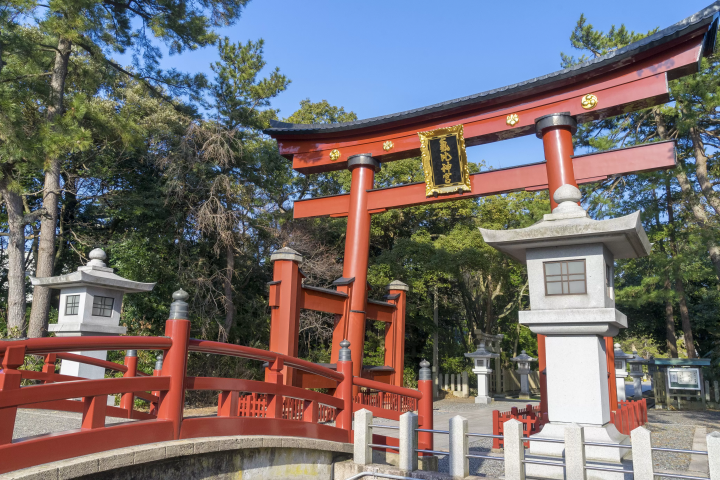
Important cultural property and one of Japan's three major wooden torii gates.
Kehi Shrine is said to have been built in 702. The large torii gate (an important cultural property) with a height of approximately 11 meters is one of Japan's three largest wooden large torii gates, along with Kasuga Taisha Shrine (Nara Prefecture) and Itsukushima Shrine (Hiroshima Prefecture).
②Tsuruga Railway Museum
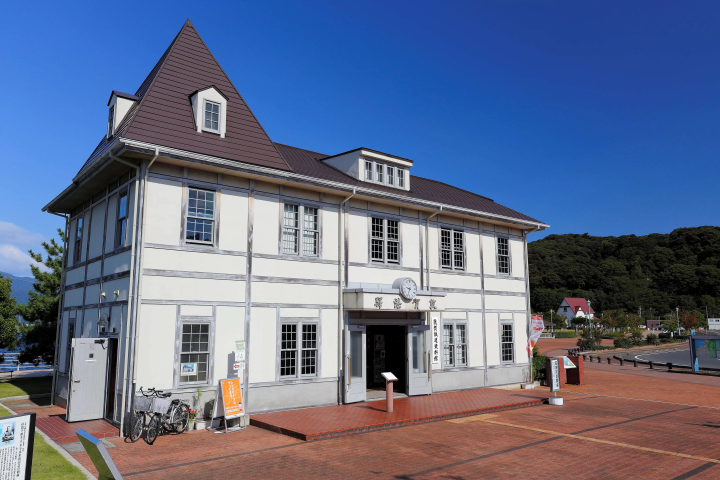
Railways opened in Japan about 150 years ago. Tsuruga was the first town on the Sea of Japan side to have a railway built, and the first full-scale AC electrification in Japan was completed in 1957. In 1962, the Hokuriku Tunnel, the largest tunnel in Japan at the time and the fifth largest in the world, opened, and Tsuruga Once upon a time, it served as a transportation hub along the Sea of Japan, along with railways and ports.
The Tsuruga Railway Museum exhibits materials and train models introducing the history of Tsuruga's railways.
③ Former Tsuruga Port Station Lamp Hut
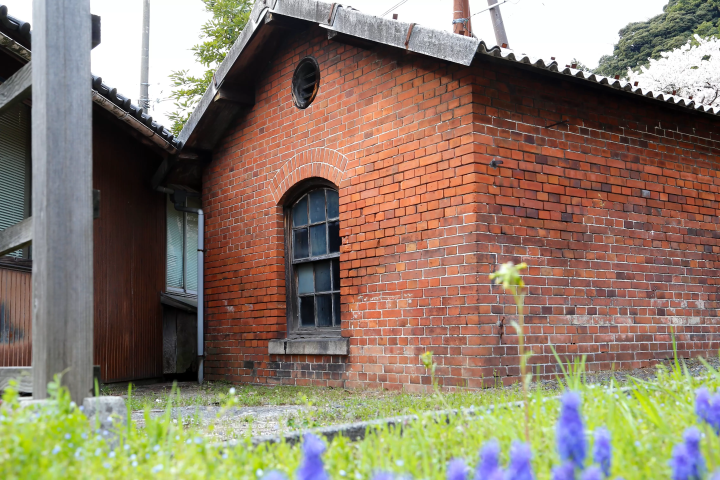
A lamp hut that still conveys the bustle of those days.
Tsuruga Port Station was originally called Kanegasaki Station. From the end of the Meiji period to the beginning of the Showa period, the Europe-Asia international train operated here and was a bustling place. Lamp sheds were once common at major train stations as oil depots to store the cantera fuel used to light trains.
The lamp hut was built around 1882, and unlike modern concrete block or slate construction, the carefully stacked bricks and arched openings give it a unique feel. The brick has small square letters engraved here and there. This is like a signature of the craftsman who made the brick.
④Tsuruga Red Brick Warehouse
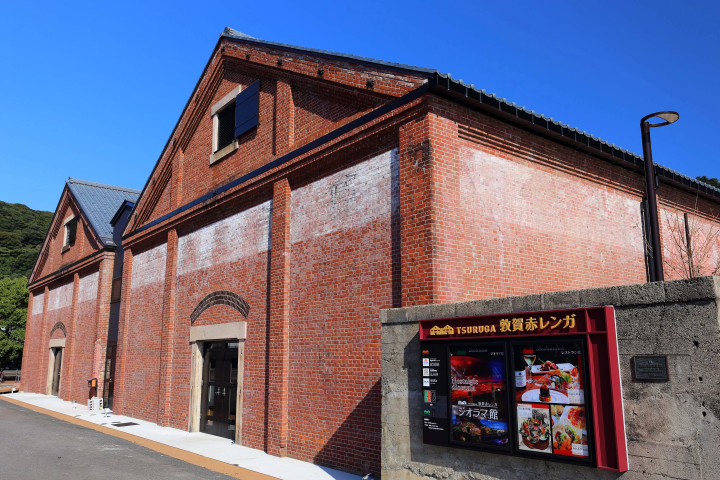
Brick building with 100 years of history
Modern warehouse built in 1905 by the Standard Oil Company
One of the most prominent brick buildings in Fukui Prefecture. In January 2009, the north building, south building, and brick walls were registered as nationally registered tangible cultural properties. In 2015, a ``railroad and port diorama'' that recreates Tsuruga's townscape from the late Meiji period to the early Showa period, combining historical facts and entertainment, and ``an attractive restaurant unique to Tsuruga'' were installed, and the building is a place that combines history and culture. It has been reborn as a new tourist facility where you can enjoy food.
⑤Museum, Port of Humanity
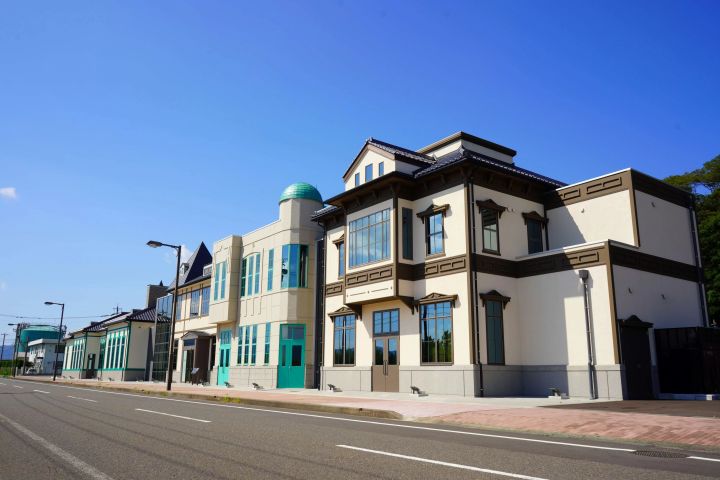
Tsuruga Port served as a hub for transportation with Europe from the Meiji period to the early Showa period, and is the only port in Japan where Polish orphans landed in the 1920s, and Jewish refugees with ``visas for life'' landed in the 1940s.
The museum ``Tsuruga Museum, Port of Humanity'' focuses on the historical facts of Polish orphans and Jewish refugees who overcame numerous hardships to arrive in Tsuruga, as well as testimonies and episodes from Tsuruga citizens at the time, as well as relationships with those involved that continue to this day. We introduce heartwarming exchanges and convey the importance of life and the preciousness of peace.
⑥Tsuruga Museum Street
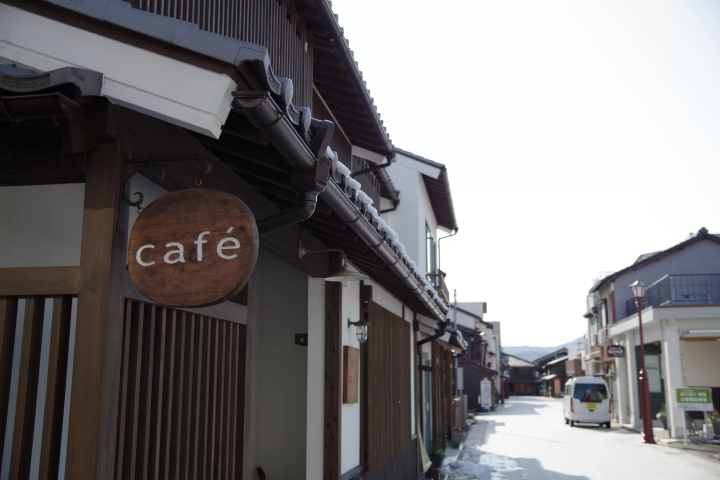
A charming street lined with nostalgic buildings
Tsuruga Museum Street is a street where historical buildings such as the Tsuruga City Museum (former Owada Bank headquarters) and a sake brewery remain. There are cafes that serve natural food menus using organic and pesticide-free vegetables, and stores that sell pottery and miscellaneous goods from overseas.
⑦Tsuruga City Museum
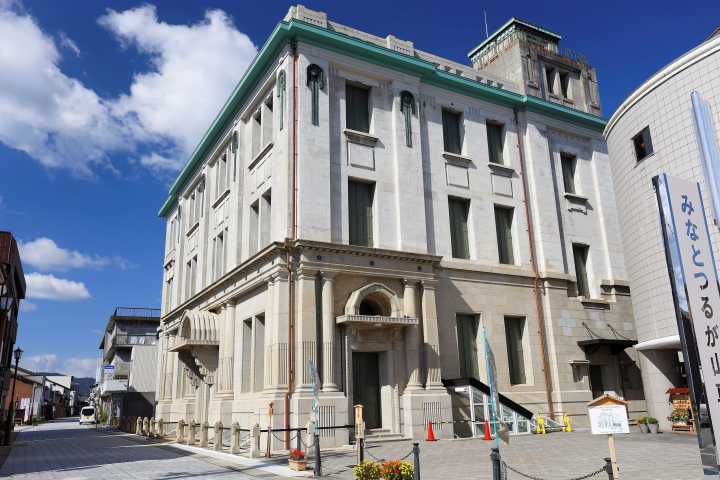
Important Cultural Property Former Owada Bank Main Branch Main Building
Retro exterior and entire building history of Tsuruga
This building utilizes the Owada Bank head office, which was built in 1928 by the second generation Sōshichi Owada. Equipped with Hokuriku's first elevator, restaurant, guest room, and meeting hall, it can be said to be an advanced building for Tsuruga at the time. It has been designated as a national important cultural property, and you can feel the vestiges of the bank that was popular among citizens in its stately structure and Western-style decorations, as well as the underground space and auditorium on the third floor. Masu.
⑧Minato Tsuruga Dashi Hall
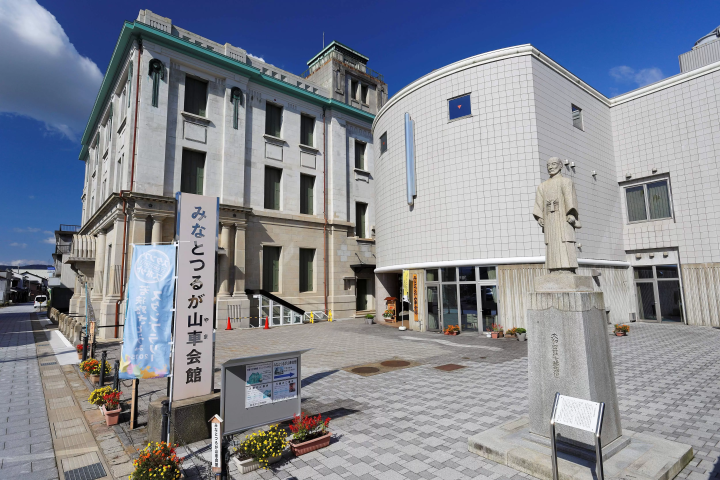
Display of floats from the Tsuruga Festival
Famous for Tsuruga's biggest event "Tsuruga Festival"
It houses six magnificent and magnificent floats that parade during the Tsuruga Festival, and three of them are on display. In addition to the display corner of warrior dolls, real armor and helmets, and Noh masks, there is also a permanent exhibition corner of Yoshitsugu Otani, the lord of Tsuruga Castle. You can also watch the impressive float parade using a video projector and slides.
⑨Former Hokuriku Line tunnel group
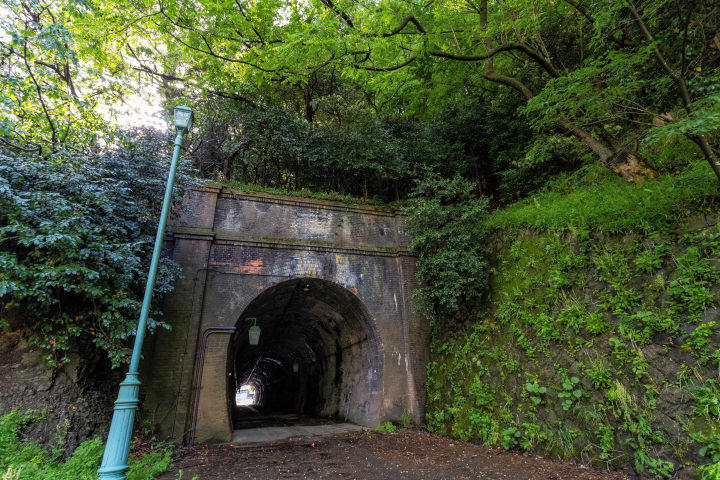
Railway ruins spanning Tsuruga City and Minamiechizen Town
Nationally registered tangible cultural property
In 1892, the Tsuruga-Fukui section of the former Hokuriku Line opened. Thirteen tunnels were dug between Tsuruga and Imajo, where the most difficult pass is, and 11 of them still remain today. There are many civil engineering structures of the time, such as embankments, bridges, and culverts, including the Trap Mountain Valley Culvert, the longest culvert on the former Hokuriku Line, and the Yamanaka Rock Shed, which is Japan's first prestressed concrete rockfall lining. The remains of 13 civil engineering structures have been designated as nationally registered tangible cultural properties (buildings).
⑩Kanazaki Shrine
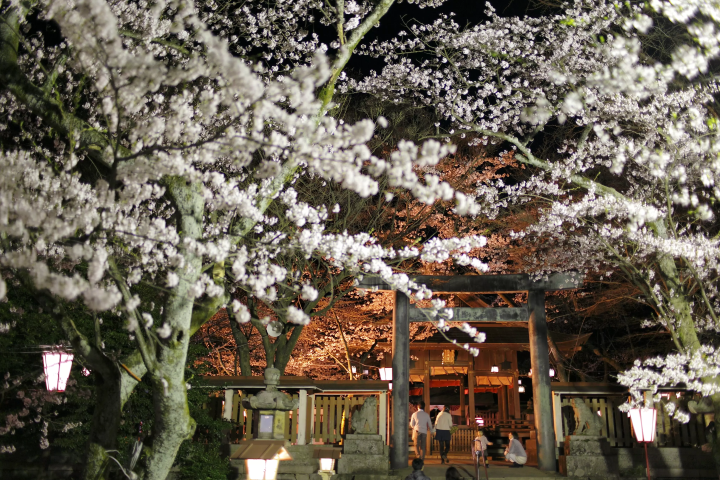
Breaking Through Difficulties/Koi no Miya
This shrine is located at the foot of the Kanegasaki Castle ruins, and is a famous cherry blossom viewing spot with approximately 400 Yoshino cherry trees. A Shinto ritual and Hanakae Festival will be held from April 1st to April 15th.
It is said that during the Meiji period, men and women who visited Kanazaki Shrine to view the cherry blossoms expressed their feelings by saying to each other, ``Let's exchange flowers!'' and exchanging cherry blossom twigs. It is said that couples who exchange flowers will be blessed with happiness in the future, and before you know it, Kanazaki Shrine has come to be known as the ``Palace of Love.'' Even today, many young people visit here not only during the cherry blossom season, but also to pray for a good match.
⑪Saifukuji Temple
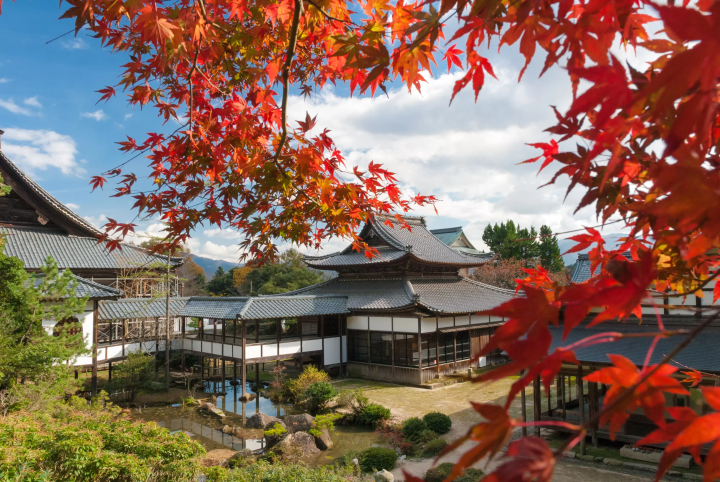
The beauty of the garden is reminiscent of the Pure Land of Paradise!
The 1,400 tsubo Shoin Garden has been designated as a national scenic spot and is said to represent the Pure Land of Paradise on earth, especially when you see the fresh greenery and autumn leaves reflected in the morning sun, making it seem like it's from another world. Many cultural properties were relocated from the capital to avoid the Onin War, and the area is characterized by the presence of many important cultural properties. It shows different expressions depending on the season.
⑫Kehi no Matsubara
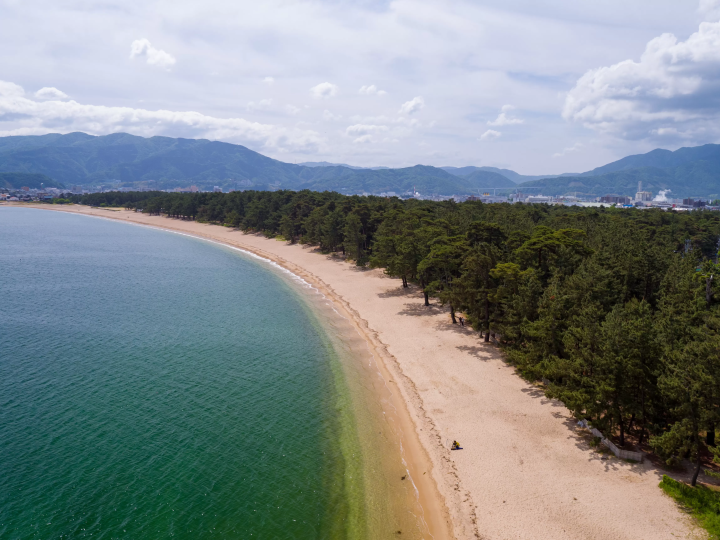
Scenery inherited from ancient times: Japan's three major pinelands
A national scenic spot with impressive beautiful pines
Matsubara Matsubara is vast with a length of approximately 1 km and an area of approximately 340,000 m², and the contrast of white sand and green pine trees is impressive. A scenic spot in the country where red pines and black pines grow thickly. It is one of Japan's three major pine forests, along with Miho no Matsubara (Shizuoka Prefecture) and Niji no Matsubara (Saga Prefecture), and when it is open for swimming in the summer, it is crowded with many beachgoers from the Keihanshin and Chukyo areas. A promenade has also been maintained, making it ideal for walking and a place of relaxation for citizens.
⑬Seimei Shrine
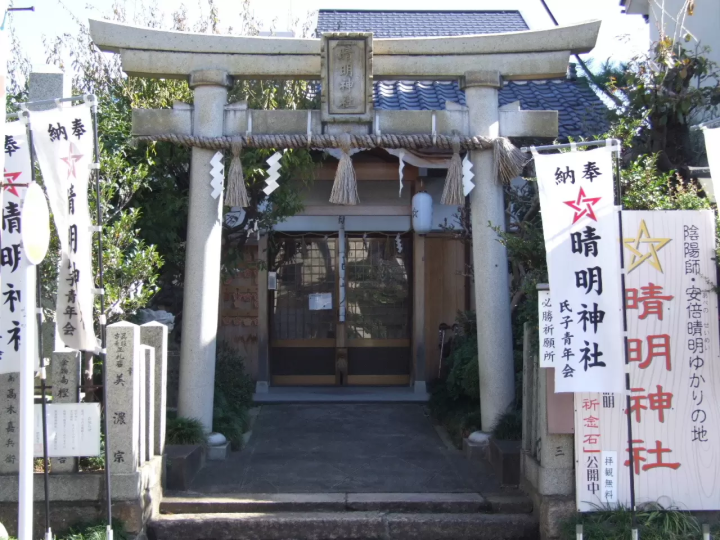
Connection to Onmyoji “Abe no Seimei”
Without seeing this, we cannot talk about the ``truth of Seimei''.
Since then, Seimei Shrine has been worshiped as the god of fire prevention, a shrine that was fiercely protected from the Battle of Kanegasaki during the Nanbokucho period, as well as the war between Oda Nobunaga and the Asakura clan. This shrine is named after Abe Seimei, who studied with Tadayuki Kamo and Yasunori Kamo and became a master of Onmyodo. In the shrine, there is a ``Prayer Stone'' that is said to have been used to study Onmyodo.
⑭Shibata Garden (sweet potato garden)
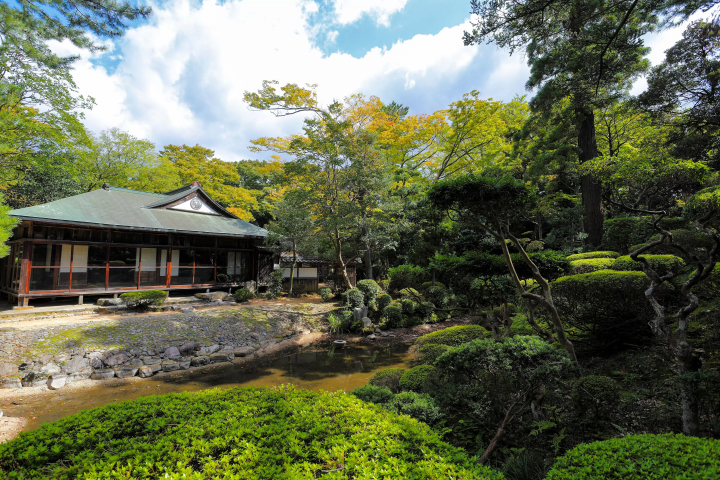
Strolling-style forest garden with Mt. Nosaka as a backdrop
This is the former home of Gon'emon Shibata, a wealthy Tsuruga farmer who was commissioned by the Obama feudal lord to develop new rice fields in the area during the Edo period. It was built in the early Edo period, and is also known as Kantoen. It also served as a resting place for the Obama feudal lord during the shift of Sankin. With the backdrop of Mt. Nosaka, the symbol of Tsuruga, the simple old-style shoin structure and garden create a calm space, and it has been designated as a national scenic spot.
⑮Higashiura Mikan Orchard
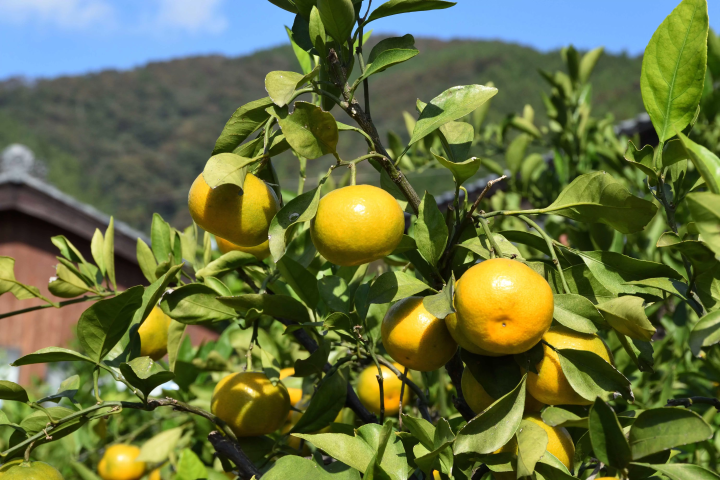
The northern limit of mandarin orange production
Unshu mandarin oranges have been cultivated since the Edo period in the Higashiura district facing Tsuruga Bay in the northeastern part of Tsuruga City, and you can enjoy mandarin orange picking in autumn at the mandarin orange orchard on the southern slope along the coast. Tsuruga Higashiura mandarin oranges have just the right amount of sourness, have a distinct flavor, and have a ``nostalgic mandarin flavor'' that is more sour than sweet mandarin oranges.
Irresistible for train lovers! Enjoy this valuable experience!
Go on a romantic trip full of history and retro atmosphere, such as railway heritage tourism and Japanese heritage sites!
Good for a day trip. You can stay overnight and take your time sightseeing. There are many local gourmet foods in Tsuruga, so
We also recommend enjoying it together!
Click here for an introduction to recommended gourmet food in Tsuruga.
Click here for recommended 1 night and 2 day model itineraries in Tsuruga.
If you want to enjoy cherry blossoms and festivals in Tsuruga
During the cherry blossom season from late March to early April, the Hanakae Festival is held at Kanegasaki Shrine. It is a romantic festival where men and women who visited Kanazaki Shrine to view the cherry blossoms said to each other, "Let's exchange flowers," and expressed their feelings by exchanging cherry blossom twigs. For more information on the festival, please check the article below.
Experience Japanese culture in Tsuruga!
Introducing a trip where you can experience Japanese culture such as Japanese clothing (yukata) and matcha! Please check the article below for details.
On March 16, 2024, the Hokuriku Shinkansen opened between Kanazawa Station and Tsuruga Station. Tsuruga Station will be the terminus from both the Tokyo and Kansai areas, and is attracting a lot of attention. Tsuruga is a city of railways and ports, and the Shinkansen opened in the town where the first railway ran on the Sea of Japan side, so it is popular among people other than railway fans. There are many tourist spots scattered around, and after the opening of the mountain-side Japan Heritage Old Hokuriku Line Tunnels Heritage Group, the direct train "Europe-Asia International Express" ran to Tsuruga Port, which developed into one of the leading international ports on the Sea of Japan side. We will continue to offer route buses and tour plans, such as new tourist routes of Japan Heritage on the sea side along the Tsuruga Port Line. Come and go on a trip with exciting experiences beyond your imagination.
The contents on this page may partially contain automatic translation.


![2024 edition [Tsuruga, Fukui Prefecture] Summary of access methods from Tokyo, Osaka, Kyoto, Nagoya, and Kanazawa to Tsuruga, the "town of railways and ports"](https://resources.matcha-jp.com/resize/200x2000/2023/12/06-155271.webp)
![[2024 Edition] Thorough explanation of access from Tokyo to Tsuruga, Fukui Prefecture. Enjoy the retro charm of Tsuruga, a town of railways and ports!](https://resources.matcha-jp.com/resize/200x2000/2023/12/15-156988.webp)



![[2024] The Hokuriku Shinkansen will open between Kanazawa and Tsuruga on March 16, 2024! Three popular Japanese cultural experiences you can enjoy in Tsuruga, Fukui Prefecture!](https://resources.matcha-jp.com/resize/200x2000/2024/01/17-162503.webp)




























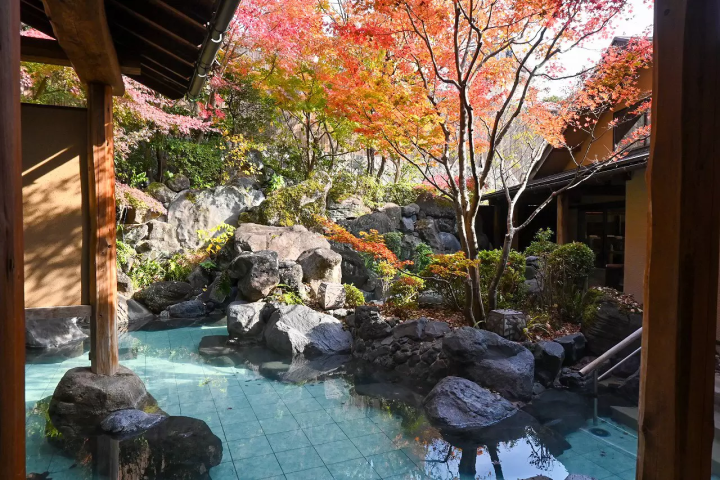
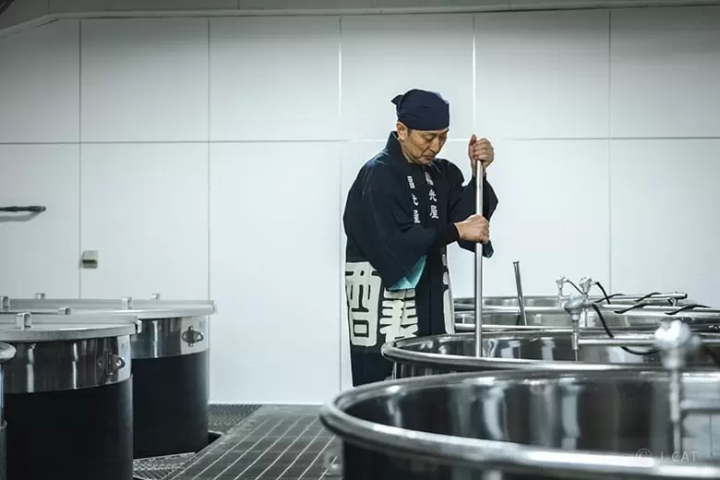
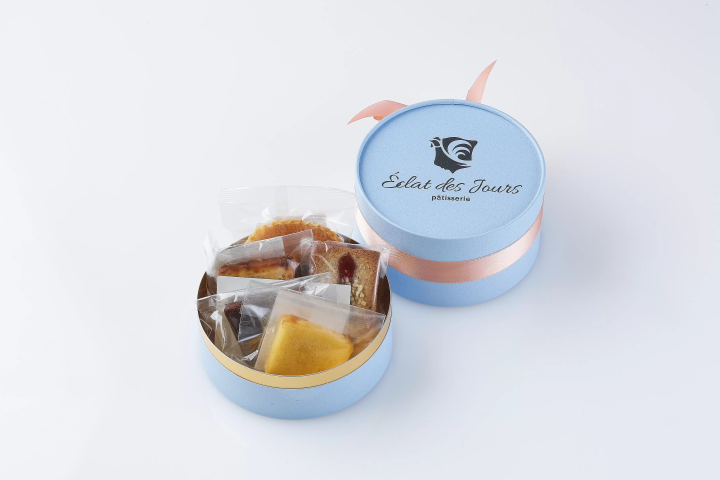
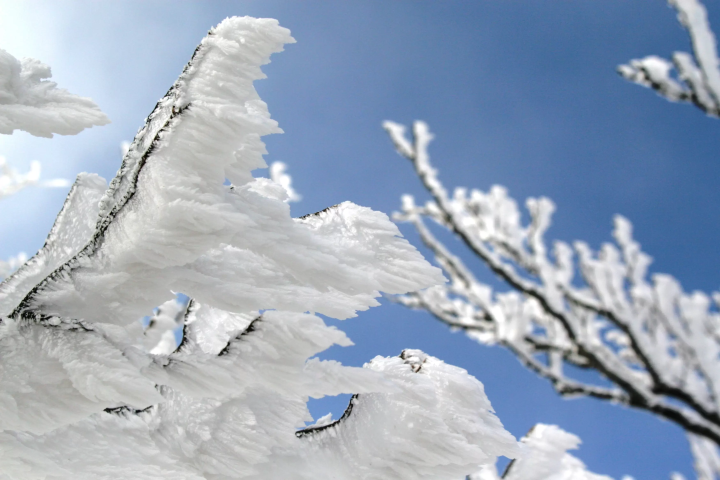
![[Latest] Complete Guide to atmos Exclusive Sneakers and Special Edition Models | Apparel and Upcoming Releases](https://resources.matcha-jp.com/resize/720x2000/2025/12/12-252706.webp)